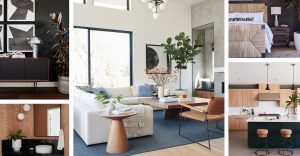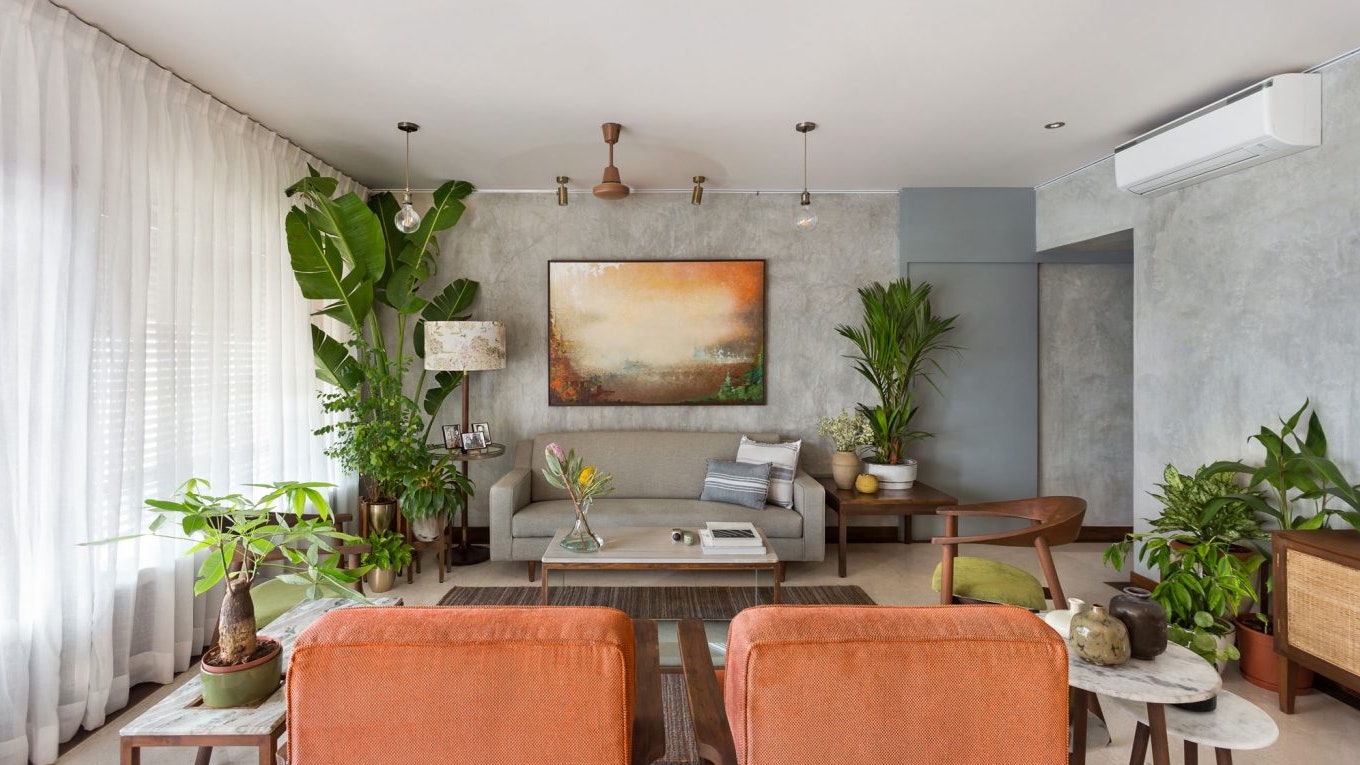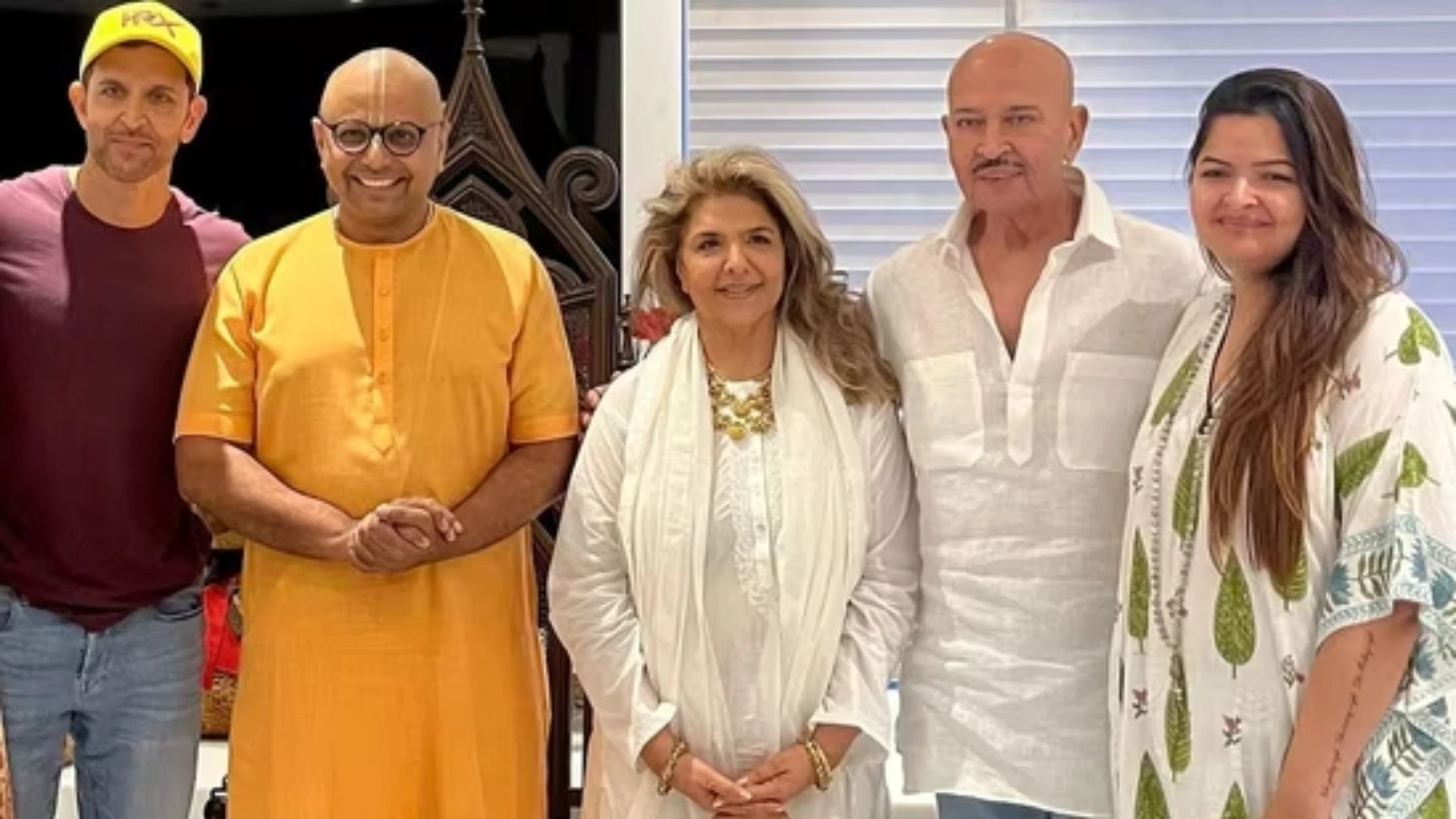Table of Content
Determine Your Style
How do you want the space to feel? Here's a tip to help you improve your new house design. Do you prefer tailored garments or do you prefer looser and more comfortable garments? Do you have a preference for certain colors or patterns? Another way to help you define your style is to think of keywords that define how you want the space to feel. Traditional, formal, elegant? Fun, funny, catchy? Monochrome, streamlined, modern? See design inspiration in all aspects of life. Remember a hotel you've stayed in or a restaurant you've dined at that particularly impressed you.

Figure Out What You Don’t Like
It's easier for people to express what they don't like. By putting hatred into the equation, we can omit some things and reduce others. For example, a large, bold print may remind you of something from your childhood that you didn't want to see in your own space. Or a wingback chair could bring back memories of sending him the deadline to pull your sister's hair out. Similarly, a certain color can evoke feelings from a previous design trend that you're not eager to repeat. These memories and reactions are highly personal and unique, but they also define our preferences.
Build Around Your Space
Space planning, which affects volume, is essential for your new house design. People often use furniture that is too big or too small for space. One would blame one retail company in particular for the spacious furnishings that saturate today's interiors. Build around the furniture you already have space for. Think about the balance of space. For larger rooms, consider creating areas for different activities: a seating area conducive to conversation; another area to watch television; A workspace with a desk or table for projects or games. You can make things look very artificial when you make everything the same. Think about weight and visual distribution to balance the space. Proportion and size are key to any design.
Sample Your Paint
The choice of paint is one of the most important profitable decisions you can make. Suitable paint options harmoniously connect spaces. Consider the house as a whole. You risk creating disconnected rooms if you paint one room at a time. Consider how colors affect our mood. Certain colors make people feel happy, calm, and even angry. I am known for painting the interior doors a bold black to contrast with the pure white walls.
Experiment with actual paint colors on your walls when looking for options. See them in natural light, morning and evening light. A color that works well for one project will often not work for another. What may work in your friend's house may not work in yours. Chips at a paint store are a useful starting point, but what looks good on paper may not translate into interior design. With white paints, experiment with a few different shapes on the wall and pay special attention to the shades. They can have hints of pink, blue, or yellow. The external environment strongly affects the temperature of the light. Plants and the sky can create reflections of green and blue on interior walls.

Mix High and Low Price Points
Pedigree doesn't necessarily mean the best (be it art, furniture, or dogs). Consider and buy an "unknown" artist or designer based on your appearance, comfort, and how the art of furniture works for you and your needs. The humblest things can have more soul and be the most beautiful thing in the room. Don't be afraid to mix high and low prices. It is not necessary for everything to be valuable in order for it to be significant. You can say the opposite by flaunting something you really like.
Start From the Ground Up
The design can be overwhelming. People often want to know exactly where to start. For any room, we would generally suggest that you should start from scratch - select the floor covering. It doesn't matter if you want or have hardwood floors, rugs, tile, stone, or wall-to-wall carpeting. Thinking about the floor first will determine how the other pieces in the space overlap. You have more color and upholstery options if you choose a neutral tone or natural fibers with few patterns or colors. If you start with a vintage rug, you can draw colors from the rug to form a color palette. It's important to plan these things together, or else you'll end up with a circus effect - too much happening without space as a whole working in unison. Starting with an upholstered sofa or chair limits your style right away. There is more versatility with something like an area rug, which has dozens, if not hundreds, of options. This is where you have options and then you can start cutting the layers. It's a much easier way to make the final decision on a floor covering first, then underlayment.
Credit- Time Also read- Sc to banks fund Amrapali Projects our word is Security






